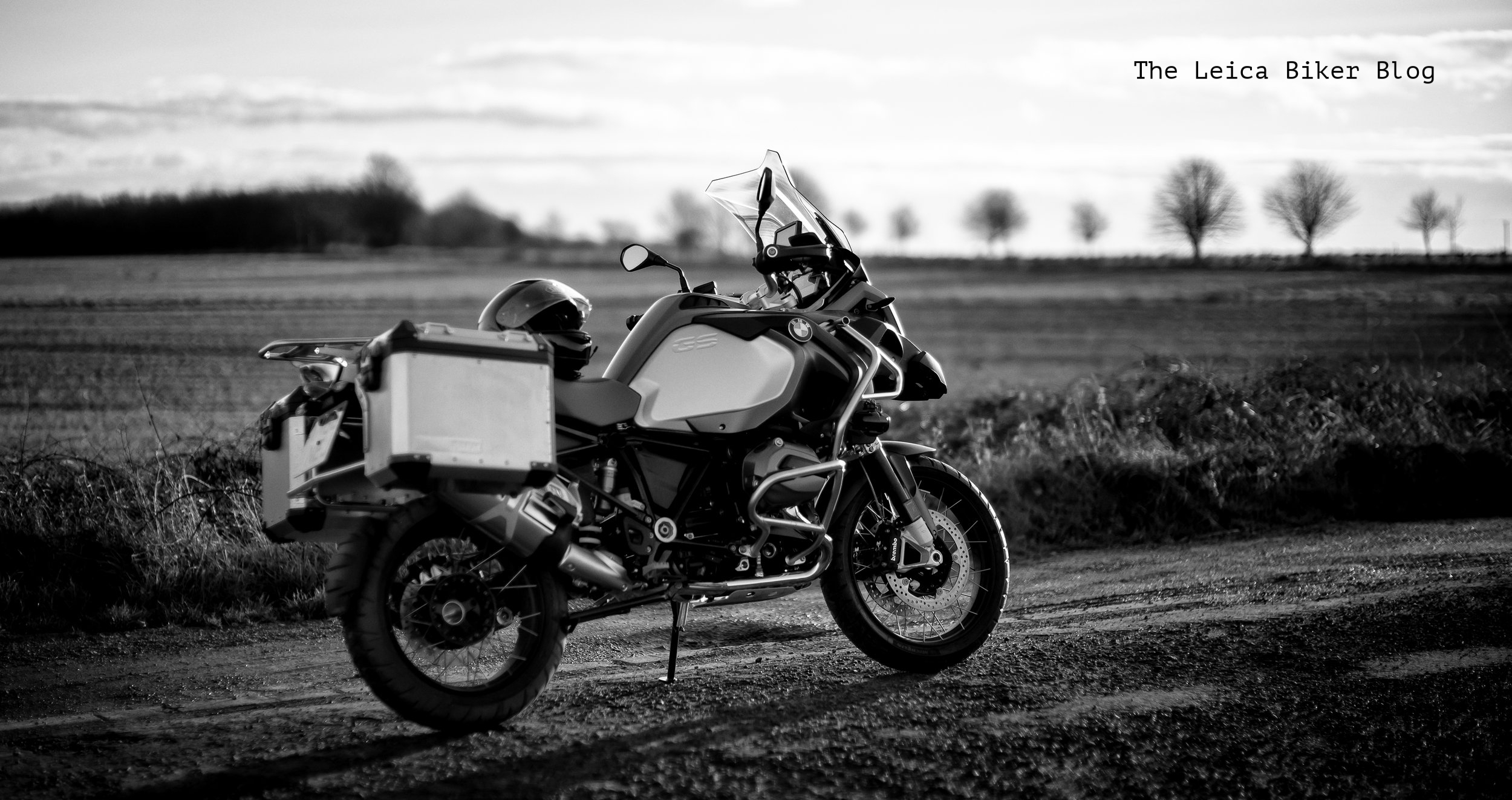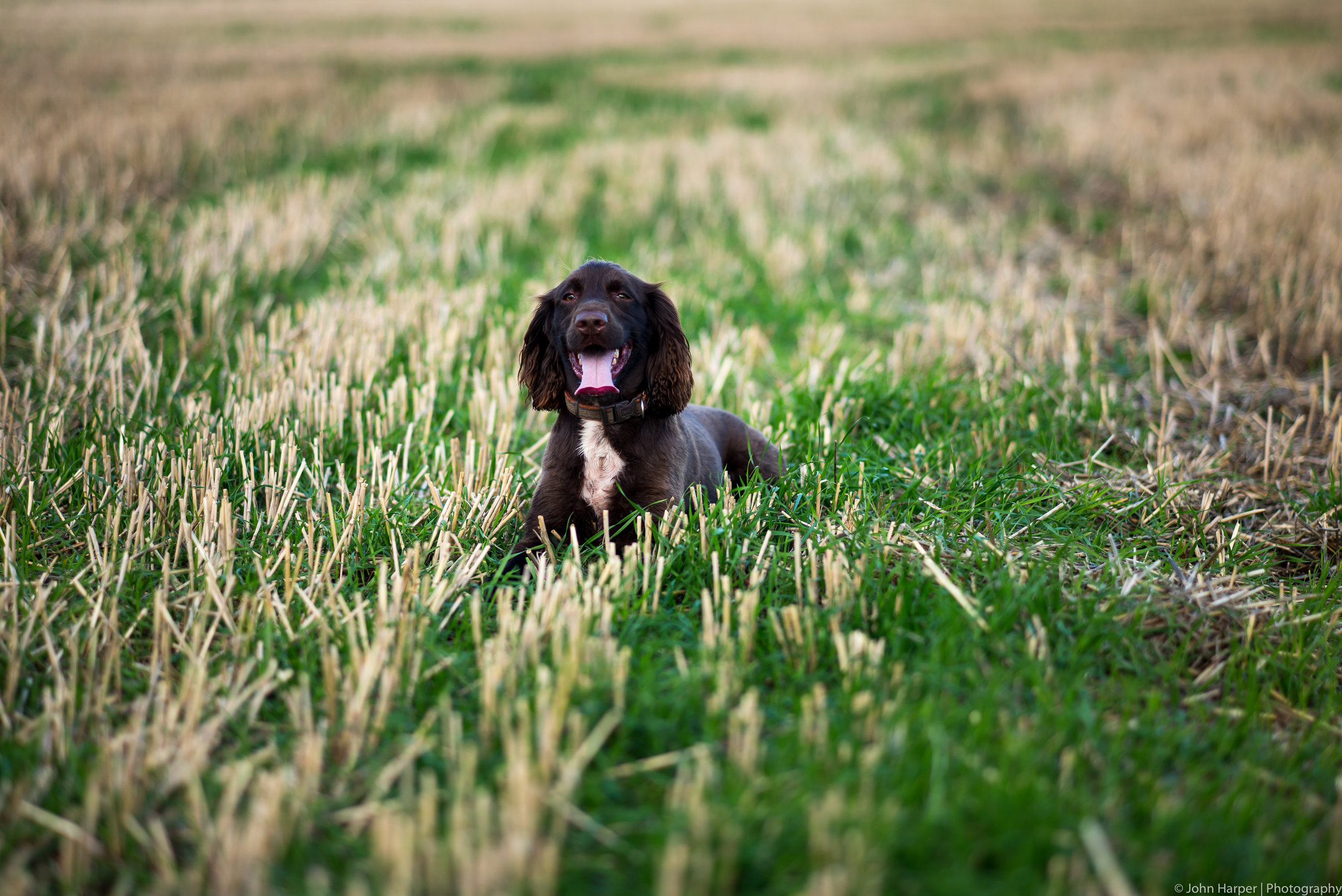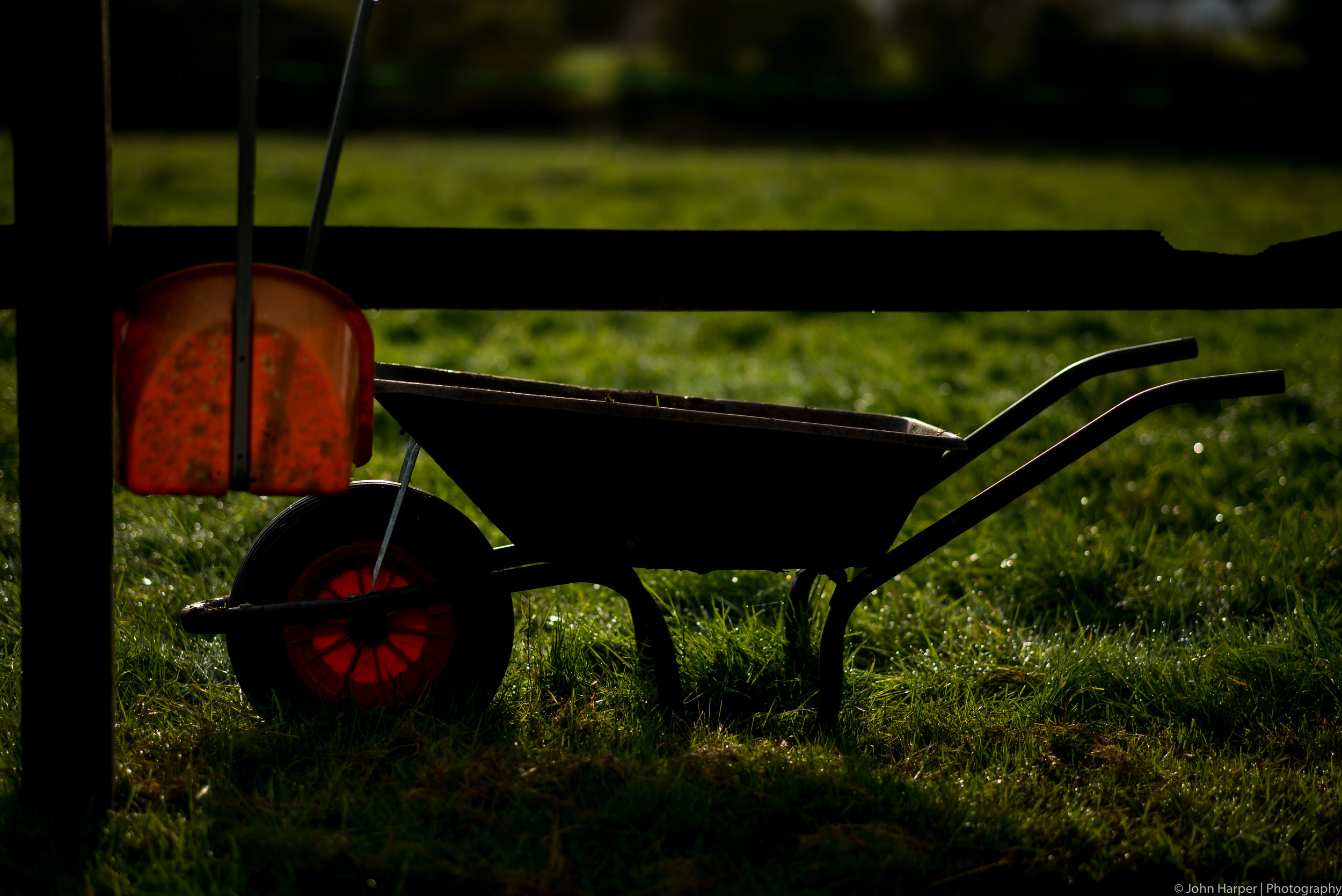Firstly a quick word to my wife who finds my blogposts mostly boring - Sam, this one is about photography entirely, move on!
This isn't going to be a lens review as such, although I'm going to write about lenses and why I believe that despite all the hype from the manufacturers then two will probably be more than enough. Yes, there are those who specialise, in macro work for example, who might need a specific lens, the rest of us don't need to buy into all this gear that we never knew we needed until Canon or someone told us we did. That is the problem with consumerism and has nothing to do with photography, but it needs to be said.
Anyway, a whole week with the Summicron 90mm f/2 glued to the camera and it wasn't quite as bad as I imagined. A decision was to be made, should I sell or keep it. Don't get me wrong, it is a beautiful lens, renders well, very sharp and yet.... When I swapped systems a few years ago, from Canon to Leica I thought about lenses. One of my favourite Canon lenses for portraiture was the 85mm f/1.2 L and so it seemed that I'd need the Leica equivalent. So after parting with my life savings and selling a kidney I collected the lens, that was two years ago. I used it for one or two days, realised that it was very nearly impossible to focus wide open and put it in my office cupboard where I keep various small pieces of photographic equipment, flashes, light meters etc, and there gathering dust the 90mm has sat. Next to it is the 1.4x magnifier which screws into the eyepiece of the viewfinder, you may need this when you use this lens (more of that in a moment), as you've already sold your kidney a more conventional method to raise the money for this accessory might be called for! Here's a couple of photos; The Summicron 90mm with 1.4x Magnifier and the 90mm next to a 35mm Summicron for a size comparison.
Ok, let me try to explain. Using a rangefinder is very simple and I'm probably going to make this explanation sound complicated! Let's say you want to take a photo of a single telegraph pole (alright, I know, but it's just an example). As you look through the viewfinder you'll see some frame lines showing what you'll capture in the frame. These lines decrease in size as you change lenses. 35mm is optimum because those lines are towards the outer edge. These rectangle lines become smaller as you change lenses towards telephoto distances, 75mm, 90mm, 135mm. There is also a focus patch in the middle that you line up with your subject, in this case the telephone pole. You'll see two telegraph poles, use the focus ring on the lens and those two poles gradually move together and become one, bingo - you're in focus. Obviously you need to be accurate and at big apertures (f/2 or f/0.95) it makes all the difference and becomes crucial. When you attach a 90mm those frame lines are quite a small rectangle as is the focus patch, tricky to see for focussing therefore you need a Magnifier which assists in making the patch larger, but not that much. Often with a Leica M we rely on zone or hyperfocal focussing at small apertures which means we have no need to even focus (I've spoken of this before). Really easy with a slightly wide lens such as the 35mm, it doesn't work with a 90mm, you have to manually focus every click and it can be hard work. I may have lost myself here as well as you the reader.... instead lets have a look at some results from this week before I get to the conclusion. My usual type of snaps featuring the children, walking the dog and one from the pub;
It took me some time to get used to the framing, hence I missed the guys loose change on the bar that he was rifling through to pay for his pint. When it comes to Street/Life Photography it's hopeless, you're too far from your subject. I like more of an environmental feel to my photographs, close ups I very rarely do, I tried one of that mucking out wheelbarrow, mainly for the light. I leave those type of shots to people who are exceptional at it, a brilliant photographer called Richard Bland springs to mind, he makes everyday objects appear fascinating and uses close up to great effect.
The 90mm makes you feel as though you're being sneaky, stealing shots. Then there's the suspicion you invite, it's not a big lens, but large enough to draw attention. Another point about a Leica M with a telephoto; If you're thinking of buying one for action, sports or capturing our feathered friends then think again and buy a DSLR. I dare say that you'd get a few hits, but the misses would drive anyone interested in those types of photography totally insane. I firmly believe that I could have taken any of the above shots or those that follow with my 35mm or 50mm and without the need of backing up against a wall to frame it or suffering from eye strain. That one of the lady sat on the bench for example, I walked back a long way, why? So that it would look more like 35mm! If any happen to be considered "good" photographs it won't be due to the lens. It will be because I saw the frame or spotted the light. Here's some more taken when I rode down to Sherborne in Dorset and Montacute in Somerset, a few miles from each other;
The first shot I asked for a photo and as you see he was happy to oblige, the last one was just clicked because I liked the door and window, as for the middle one...well, look at the expression on her face, that's what you get with a telephoto lens...you're conspicuous and disliked. I've never experienced that reaction with my 35mm and I'd be standing very much closer.
I did like these last two of the same scene in a long gallery, the first one I posted on Facebook which was my preference. I liked the gestures even if it was slightly more busy than I wanted, the second is a lot cleaner, but lacks those little details. I took the advice of Sam Abell and waited for the shot, ok, only for ten or so minutes, but that's good for me. I loose patience, people wandering in out of the scene, don't they realise I'm trying to take a photo! At one point I was tempted to stand up and say "Right you lot, everyone stand still" with which I would have directed and placed them all exactly as I wanted them! Again, I don't feel the lens made any difference, I would have just moved closer;
I often begin writing these blogs with no real point, generally that comes to me at the end. With this one it is to say that no matter how much or what gear you have, nothing is going to make things happen photographically. Whilst I was in Montacute I started chatting to a photographer from Germany, there visiting with his wife. An absolutely lovely chap he had two Sony camera bodies around his neck, one with a 35mm attached, the other with a zoom (24-105 I think) and in his bag a 70-200 zoom. I honestly can't see the need, by the time you've decided which body or lens you need the shot has gone hasn't it? If all l had was this lens then I'd make it work for me and no doubt after time focussing wouldn't be an issue. My 50mm Noctilux was tricky to begin with, now I don't have any problems focussing sharply at f/0.95, partly because I've used it a lot. I've shot entire weddings with just a 35mm, it's a dream to use. I will as usual completely contradict myself and keep hold of this 90mm lens for now. There are occasions when it might be useful, I have in the past managed some reasonable looking portraits with it. Next week I'm going to travel to a place where I hear there's a wonderful Lone Tree, unfortunately there isn't any access, a telephoto could prove handy after all. There will be those that love this lens, perhaps it comes down to personal style, maybe one day I'll grow to love it too.
As usual I would be delighted to read any comments and my sincere thanks go to anyone taking the time to read my blog.
All images can be opened by clicking on the thumbnails and are taken using a Leica M with a Summicron 90mm lens fitted. The lens photos were taken with a 50mm Noctilux.
















